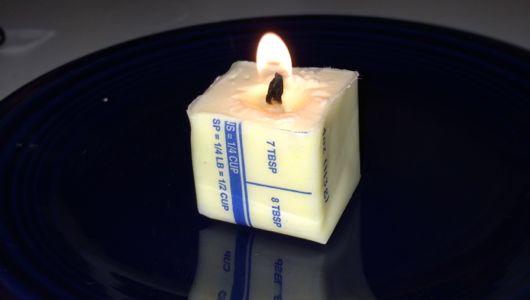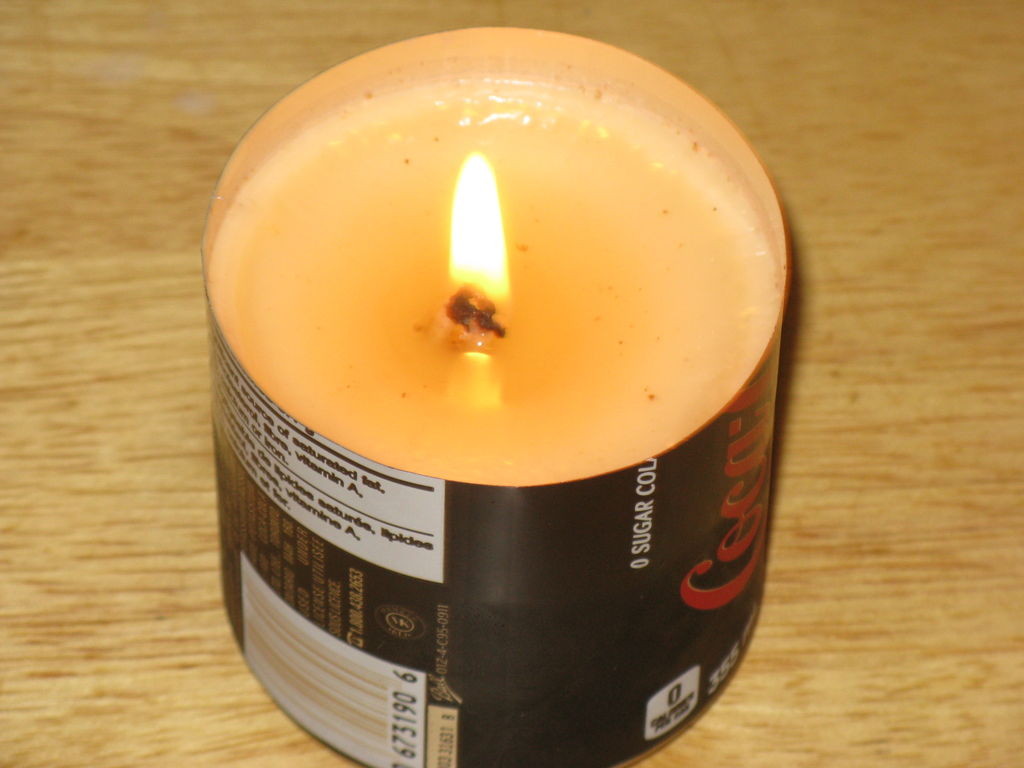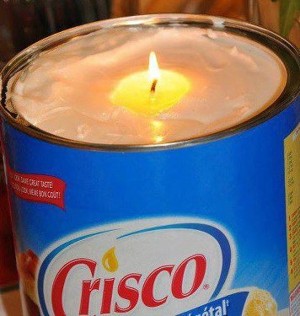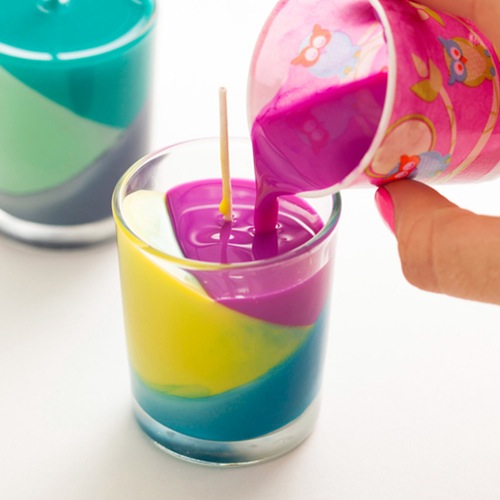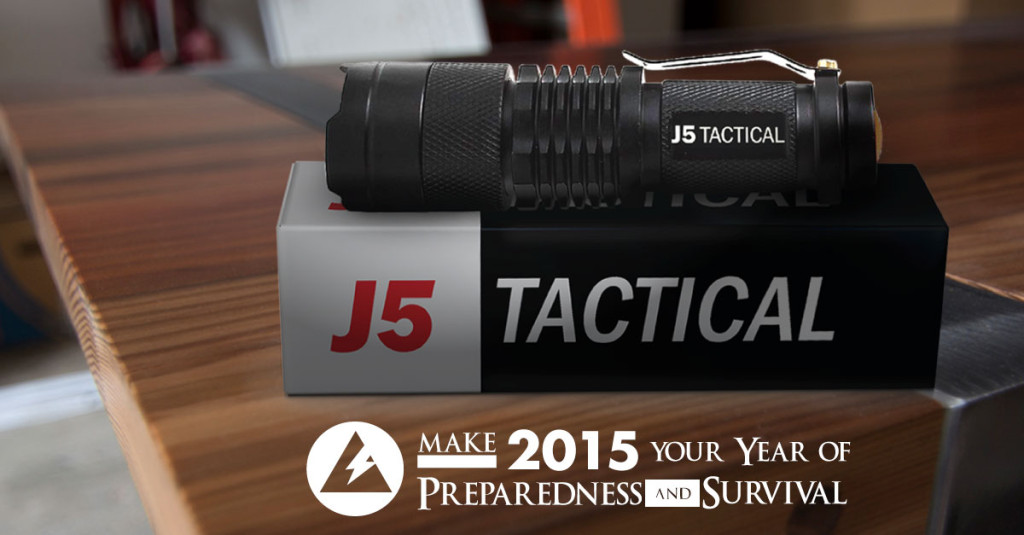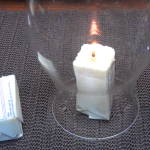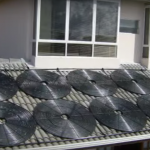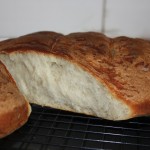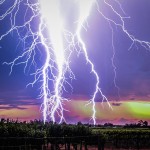You can make long lasting and effective candles with some glass jars and a range of ingredients that you probably use on a regular basis. Below you will find a short list of common items that can be used during an emergency in lieu of store-bought products. The good news is that most of these suggestions require minimal preparation and they also follow the same basic principles. This is by no means an exhaustive list, and hopefully this tutorial will inspire you to do a little brainstorming of your own in order to expand your options.
Animal Fat
The easiest way to create fuel for candles is by cooking. Bacon, beef, sausages are all examples of meats that produce a decent amount of liquid fat as they are cooked. Instead of placing them into a tin can for disposal, consider using them as “wax” for candles instead. All you need to do is insert a wick into an empty glass jar, pour the liquid inside and allow it to cool and solidify. The candle will be ready for use as soon as the grease hardens.
However, it is important to remember that animal fat will smell once you light the candle and the material starts to burn. So, it may be a good idea to place them in ventilated areas in order to minimize the discomfort that these odors may cause. Out of personal experience, bacon grease seems to be one of the best options simply because it smells like bacon as it burns. Other meat products can have a foul and rancid odor which may be difficult for some to endure.
Petroleum Jelly or Shortening
Another alternative is to take some shortening or petroleum jelly, heat it until it softens and then pour it into a jar with a wick as well. The candles will also be ready for use once the material hardens. Keep in mind that petroleum jelly has a soft consistency by nature, and will not firm up as much as shortening.
Crayons
Another great source of candle wax can be obtained by melting down crayons over a very low heat until they liquefy, and then pour them into jars. They generally lack any odor, and they can burn for quite a bit of time. You can also place the crayons, paper labels and all, into the pot without the need to peel them off one by one. The paper will separate as the wax melts, and you can simply pull them out of the liquid instead of scraping them off with your fingers.
One thing to consider is what kind of material you will use for a wick. You can either buy wicks and place them into the jars, or you can use thin strips of cotton based fabric as well. It is important to insert the wick before you pour in the liquid to ensure that it will extend to the bottom of the jar instead of floating to the top. Remember that wicks absorb the wax which then continually feeds the flame, so it is essential that they extend throughout the length of the jar.
You may also want to consider tightly rolling the strips of fabric to make the material more dense and firm instead of leaving the strip in its original shape. This will promote better and longer burning while reducing flame outs. Try these tips out for yourself, and see how easy it is to get a lot more burn for your buck.


